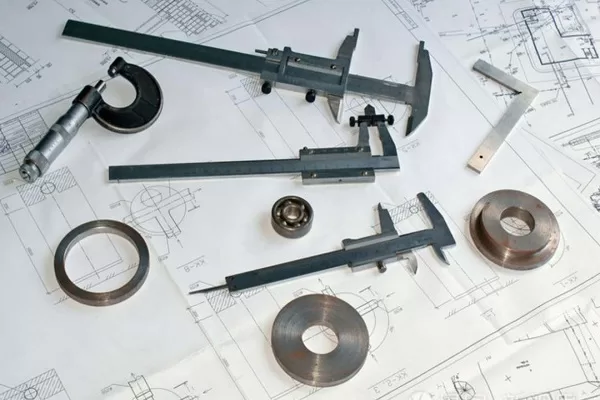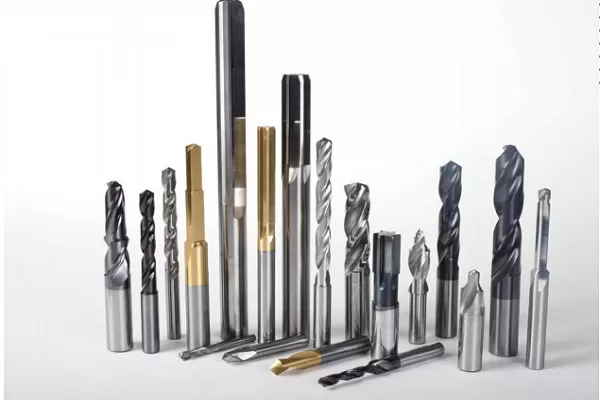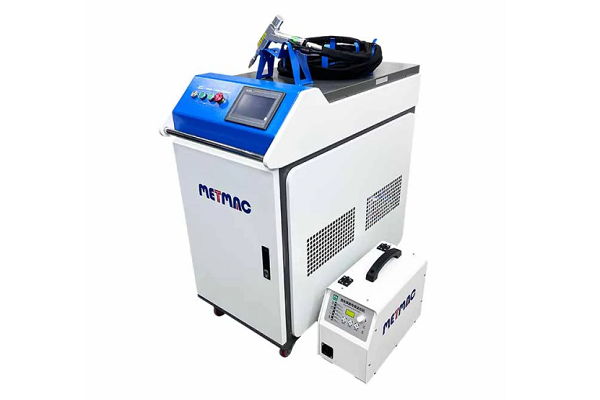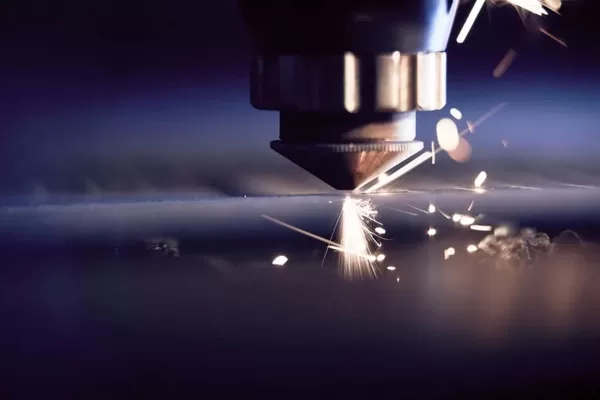
Step-by-Step Guide- Using a Metal Plate Rolling Machine
- By:Metmac
- 2024-07-26
- 76
Harnessing the power of a metal plate rolling machine can elevate your metalworking capabilities to a whole new level. This step-by-step guide will empower you to master this versatile equipment and transform flat metal sheets into cylinders, cones, and various custom shapes.
1. Preparation
– Gather necessary tools: safety glasses, gloves, measuring tape, marking tools, and lubricant.
– Ensure a clean and stable workspace, free from any obstructions or hazards.
– Wear appropriate safety gear, including gloves, eye protection, and earplugs.
2. Setup
– Position the machine on a flat and sturdy surface.
– Calibrate the rollers to the desired thickness of the metal plate.
– Adjust the guide rails to accommodate the width of the plate.
– Apply lubricant to the rollers and guide rails to minimize friction and ensure smooth operation.
3. Loading the Plate
– Place the metal plate between the rollers and align it properly.
– Use the guide rails to center the plate and prevent it from skewing.
– Clamp or bolt the plate securely to the rollers using the provided attachments.
4. Rolling Process
– Turn on the machine and start rolling the plate slowly and steadily.
– Monitor the progress of the roll and adjust the speed or pressure as needed.
– Use a measuring tape to ensure the plate is rolled to the desired diameter or shape.
– Reverse the direction of the rollers to remove the rolled piece from the machine.
5. Finishing
– Allow the rolled piece to cool down before handling it.
– Use a grinder or file to remove any burrs or imperfections from the rolled surface.
– Apply a protective coating or paint to enhance the durability and appearance of the rolled metal.
Additional Tips and Techniques
1. Controlling Roll Radius
– The tighter the rollers are set, the smaller the roll radius will be.
– Experiment with different roller settings to achieve the desired curvature.
2. Rolling Tapered Shapes
– Use a tapered guide block or shim to gradully reduce the distance between the rollers.
– Roll the plate in multiple passes, adjusting the guide block or shim as necessary.
3. Forming Cones
– Start with a circular plate and gradually increase the distance between the rollers.
– Rotate the plate as you roll it to maintain the conical shape.
4. Troubleshooting
– Plate slipping: Increase the pressure between the rollers or use a more aggressive lubricant.
– Uneven rolling: Check the alignment of the plate and adjust the guide rails accordingly.
– Roller damage: Inspect the rollers for any wear or damage and replace them if necessary.
-
The Advantages of Using a Sheet Roll Forming Machine in Manufacturing
2024/09/14 -
How to Optimize Your Laser Sheet Cutting Machine for Maximum Performance
2024/09/12 -
How to Maximize Efficiency with Modern Sheet Metal Working Machines
2024/09/04 -
The Environmental Benefits of Using Duct Board Grooving Machines
2024/09/03
-
Understanding the Role and Function of Steel Strip Slitting Machines
2024/05/11 -
Maintenance Tips for Longevity of HVAC Duct Machines
2024/05/11 -
Innovations in Steel Strip Slitting Machine Design and Technology
2024/05/11 -
Improving Accuracy in Metal Fabrication with Laser Metal Shear Machines
2024/05/11
-
A Guide to the Latest Innovations in Sheet Metal Folding Machines
2024/11/29 -
Key Features to Consider When Investing in a Sheet Metal Folding Machine
2024/11/28 -
Enhancing Precision with Advanced Sheet Metal Folding Machines
2024/11/27 -
How to Choose the Right Sheet Metal Folding Machine for Your Workshop
2024/11/26



